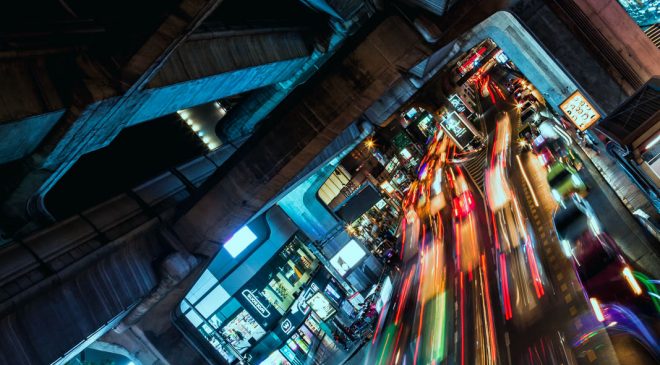
AIIA says advanced tech help Southeast Asian nations dealing with COVID-19
Non-profit Australian Institute of International Affairs says Southeast Asian nations have had varied responses to the COVID-19 pandemic. With advanced technology helping those nations to keep patient numbers down.
According to a paper written by Gabriele Natalia Siahaan and published by AIIA, Singapore showed great competence in handling the outbreak, while the majority of Southeast Asian nations struggle with the lack of technical capacity, unprepared healthcare systems, and low public awareness.
Singapore began conducting laboratory research on the virus, heightened border control and surveillance, and implemented temperature screening for inbound flights from China, when it became aware of the virus in December 2019.
The immediate response was “arguably a product of the trauma” from the 2003 SARS outbreak, which severely affected the nation’s economy and population. Following confirmation of its first COVID-19 patient, Singapore mobilised police officers and the medical team to trail all possible contraction.
According to the paper, advanced technologies have been supported by Singapore’s health care, particularly the highly trained medical professionals.
“Indonesia’s delayed confirmation and response against the COVID-19 outbreak resulted in a lack of preparedness in treating and containing carriers of the virus. Indonesia has a list of referred hospitals for people suspected to have been infected by the Coronavirus,” the paper states.
Indonesia also relies on gene sequencing and polymerase chain reaction (PCR) to test for Coronavirus, which requires a longer time for confirmation. Thermal scanners are found only in a few public places, like train stations and ferry terminals, and are still absent in a number of airports.
This lack of technical capacity and preparedness in the healthcare system is a challenge faced by the majority of Southeast Asian nations, including Thailand, the Philippines, and Malaysia.
In the fight to contain the virus, Singapore established a website and an online application called Dubbed TraceTogether to enhance the transparency of the outbreak situation and to guarantee those under home-based quarantine comply with the quarantine policy.
These online platforms list the places and times of potential Coronavirus carriers and use Bluetooth to detect those who have been within two meters of a confirmed Coronavirus patient for at least 30 minutes.
Meanwhile in Indonesia and Malaysia, citizens ignored public announcements for social distancing procedures.
According to the paper from these responses by different Southeast Asian countries, a number of transnational attempts in the region could be implemented to further enhance their fight against the Coronavirus.
“These include intensive information exchange, increases in technology exchange, transnational surveillance for movements across borders, regional labour support, and more transparency and collaboration between health ministries and facilities,” the paper states.
Tags: AIIAAustralian Institute of International AffairsCOVID-19Information Exchange




